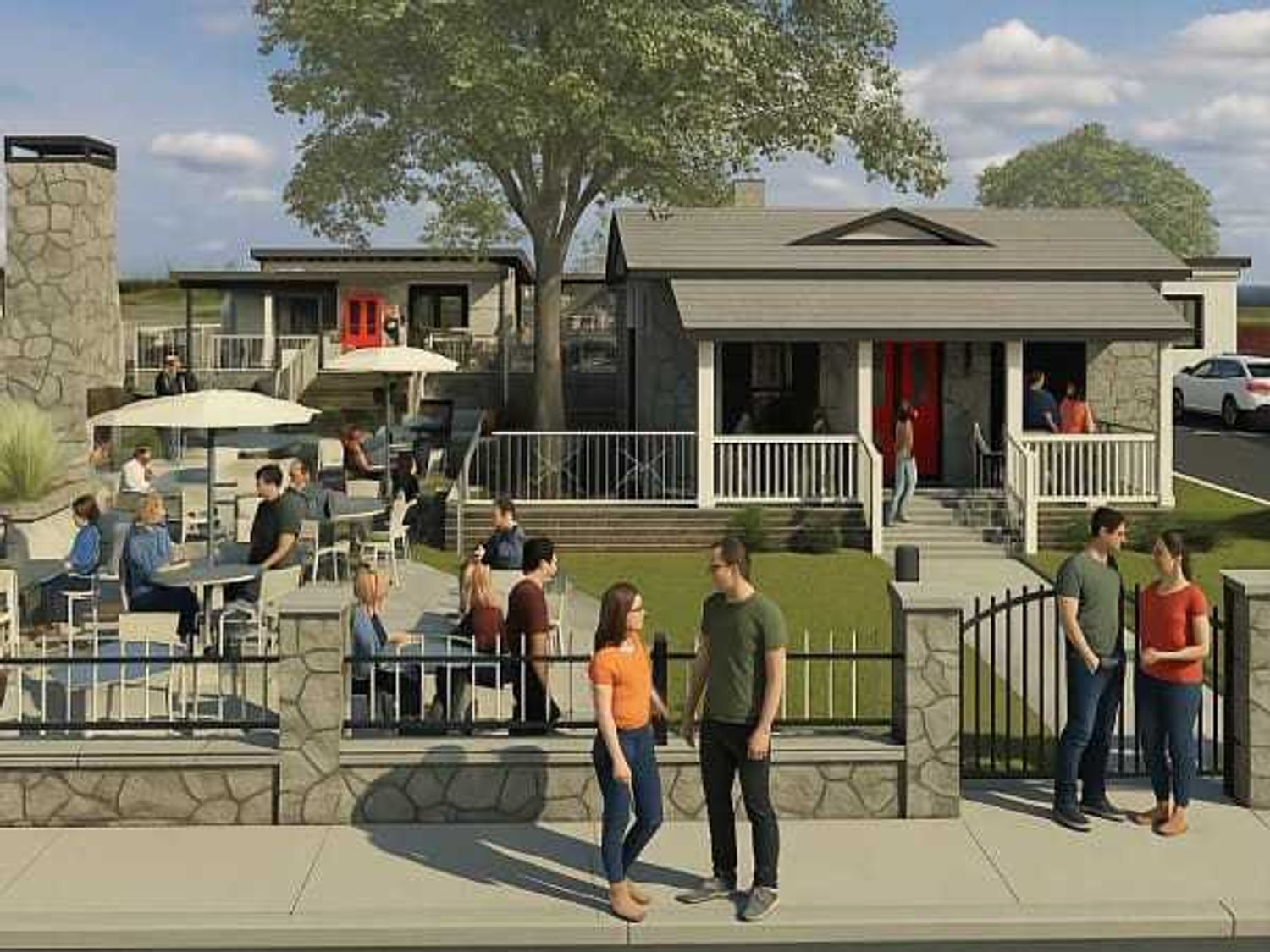More than a remote chance
San Antonio builds reputation as potential top U.S. city for telecommuting

The coronavirus pandemic set off a work-from-home wave. But it also spawned a work-from-anywhere trend, and San Antonio is in the spotlight for a top place for telecommuting.
Builder magazine identifies the San Antonio market as one of 10 remote-work-friendly places to watch in 2021. Joining the Alamo City on the list are Salt Lake City; Nashville; Raleigh, North Carolina; Indianapolis; Columbus, Ohio; Sacramento and Riverside-San Bernardino, California; and the east and west coasts of Florida.
To compile its list, published January 19, the magazine looked at midsize metro areas where the major airport served fewer than 15 million passenger departures and arrivals in 2019.
Builder says the list takes into account a market’s housing growth, economic growth, existing infrastructure, and connectivity. Other factors include airport passenger traffic, interstate highway systems, affordability, labor market, home sales, home-lot inventory, and insights from local and national experts.
Builder highlights housing affordability, noting that the price of a new single-family home in San Antonio is lower than it is in Texas' other major metros. The publication also cites the mild winters and the lack of a state income tax. In addition, it mentions easy access to Austin, Dallas, and Houston, singling out Dallas/Fort Worth International Airport — one of the world’s busiest airports — as a transportation plus.
“There are a wide range of opportunities in the Alamo City, as housing is still affordable and technology-focused jobs are growing in San Antonio at a higher rate than any other metro in Texas,” Jack Inselmann, San Antonio regional director of housing data provider Zonda, tells Builder. “With beautiful year-round weather, this big city with small-town charm is the reason people continue to make San Antonio home.”
Builder does offer one supposed drawback to San Antonio: Without supplying data to back this up, it claims the city lacks the same level of name recognition as its “bigger Texas counterparts.”

 Hill & Bach Cellars will bring Paso Robles wine to Boerne. Rendering courtesy of Hill & Bach Cellars
Hill & Bach Cellars will bring Paso Robles wine to Boerne. Rendering courtesy of Hill & Bach Cellars